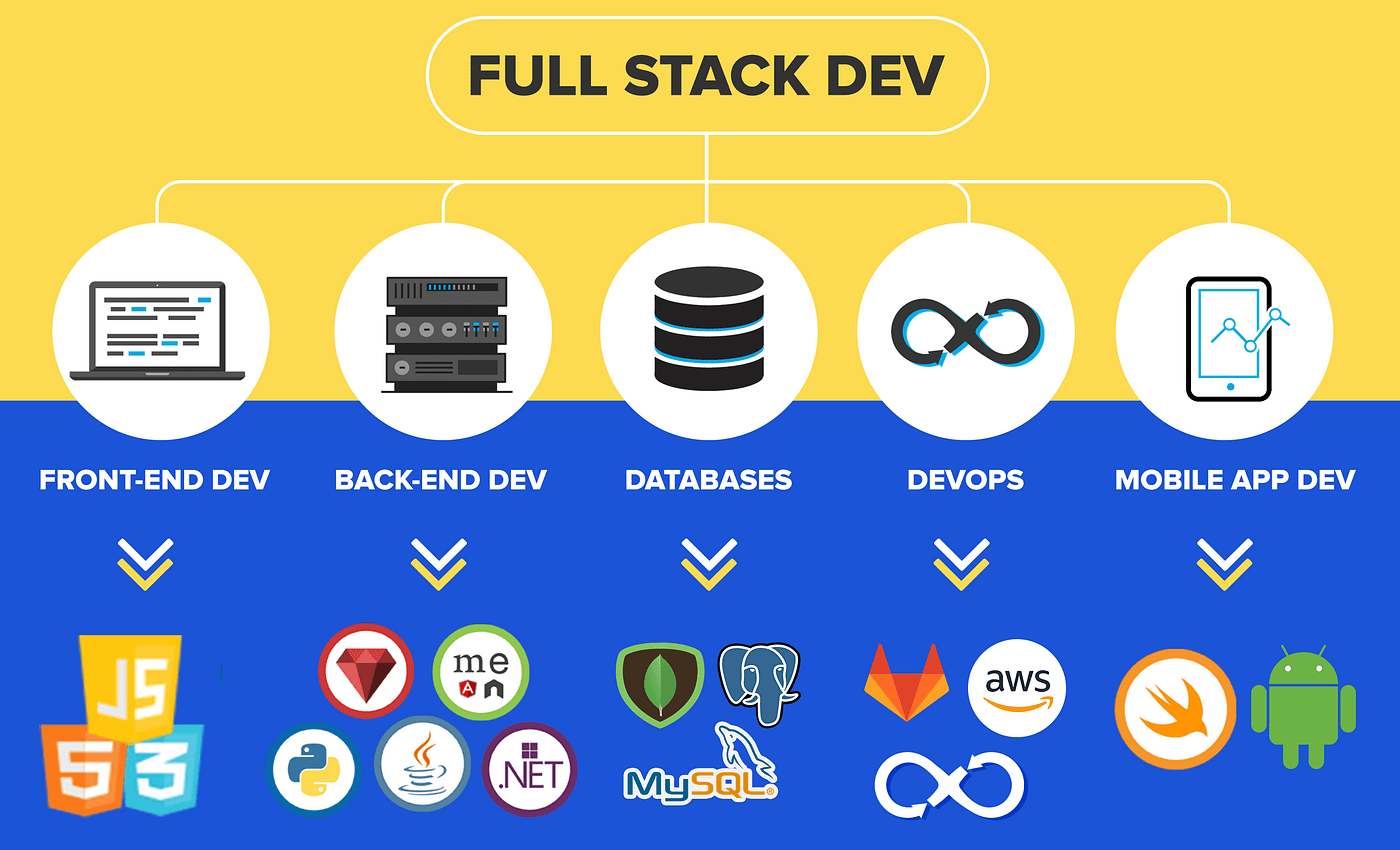
In the evolving world of software engineering, the role of a Java Full Stack Developer stands out for its versatility and depth. From designing database schemas to implementing responsive user interfaces, a full stack software developer bridges the gap between backend logic and frontend experiences. Whether you’re looking to hire full stack developer talent or aspire to become one, understanding a typical day in their life offers insight into their crucial contributions to modern software solutions.
Morning: Planning, Standups, and Backend Development
Daily Standup and Sprint Planning
The day typically begins with a daily scrum meeting. This is where the development team syncs up to discuss:
- What was achieved the previous day
- Current day’s goals
- Any roadblocks that need resolution
This agile routine ensures alignment among developers, QA engineers, designers, and product managers. For a Java full stack development team, it is essential to maintain harmony between frontend and backend workstreams, especially when developing microservices or RESTful APIs.
Diving into the Backend
Post-standup, the Java full stack developer delves into backend tasks, typically handled in the morning due to their complex, logic-heavy nature. Common tasks include:
- Writing or modifying Java-based REST APIs
- Integrating with third-party services using Spring Boot
- Working with Hibernate ORM to map Java classes to database tables
- Handling asynchronous event-driven architectures with Kafka or RabbitMQ
Backend code is managed in Maven/Gradle projects, hosted on repositories like GitHub or Bitbucket, and built using CI/CD tools such as Jenkins or GitLab CI.
Midday: Database Operations and API Testing
Database Design and Optimization
A full stack software developer proficient in Java full stack development doesn’t just code business logic. They often:
- Design ER diagrams using tools like DBDesigner or MySQL Workbench
- Write complex SQL queries and stored procedures
- Normalize database schemas
- Optimize query performance through indexing and caching strategies
Databases commonly used include MySQL, PostgreSQL, MongoDB, and Oracle.
API Testing and Integration
After ensuring the backend logic and data models are sound, the next step is API testing, which is essential for smooth frontend integration. Tools like Postman, Swagger, and JMeter are used to:
- Validate request/response formats
- Test authentication and authorization mechanisms (JWT, OAuth)
- Ensure APIs handle edge cases and failure gracefully
Afternoon: Frontend Development with Modern Frameworks
Bridging Backend with Frontend
Once the APIs are tested and deployed on dev environments, a Java full stack developer moves to frontend integration. Using frameworks such as:
- React.js
- Angular
- Vue.js
They ensure the frontend seamlessly consumes backend services. Key tasks include:
- Mapping API data to UI components
- Implementing state management via Redux, NgRx, or Vuex
- Handling client-side routing and lazy loading
- Creating reusable components and managing modular CSS (SASS, Styled Components)
Responsive Design and Cross-Browser Testing
Developers must ensure the UI is responsive and works across devices. Using Bootstrap, Tailwind CSS, or Material UI, developers:
- Build fluid grid layouts
- Test UI responsiveness using Chrome DevTools
- Ensure accessibility (WCAG) compliance
- Debug layout issues across Chrome, Firefox, Safari, and Edge
Evening: Code Review, Documentation, and Knowledge Sharing
Peer Code Reviews
Every code change is subject to code review through tools like GitHub Pull Requests or Gerrit. This process improves code quality, maintains consistency, and encourages learning. Full stack developers review both backend and frontend contributions, ensuring:
- Adherence to design patterns
- Efficient use of data structures
- Secure coding practices (input validation, encryption)
Writing Documentation
Writing clear and concise documentation is a critical skill. A Java full stack developer documents:
- API specifications using Swagger/OpenAPI
- Architectural decisions
- Setup instructions for local development
- Release notes and deployment guides
Continuous Learning and Collaboration
Evening hours may be spent on:
- Pair programming sessions
- Attending internal tech talks or webinars
- Contributing to open-source projects or Stack Overflow
- Reading documentation and release notes of Java, React, Spring, etc.
Key Skills Required for Java Full Stack Development
To excel in Java full stack development, one must master:
- Java, Spring Boot, JPA, REST APIs
- HTML5, CSS3, JavaScript, React/Angular
- Git, CI/CD, Docker, Kubernetes
- SQL and NoSQL Databases
- Agile/Scrum methodologies
Being a full stack software developer demands both depth and breadth. The ability to switch between backend logic and frontend design requires adaptability, a strong problem-solving mindset, and excellent communication skills.
Why Companies Hire Full Stack Developers
Organizations prefer to hire full stack developer professionals because:
- They reduce dependencies across frontend and backend teams
- They speed up product development cycles
- They possess holistic knowledge of system architecture
- They are cost-effective in startup environments
- They foster seamless collaboration and ownership
With the rising demand for scalable and secure web applications, Java full stack developers remain one of the most sought-after professionals in the tech industry.
Final Thoughts
A day in the life of a Java full stack developer is a blend of logic, creativity, problem-solving, and collaboration. From building robust backend systems to crafting delightful user interfaces, they play an indispensable role in the software delivery lifecycle. If you’re planning to hire full stack developer talent or become one yourself, understanding their workflow reveals the dedication and skill required to deliver end-to-end digital experiences.






